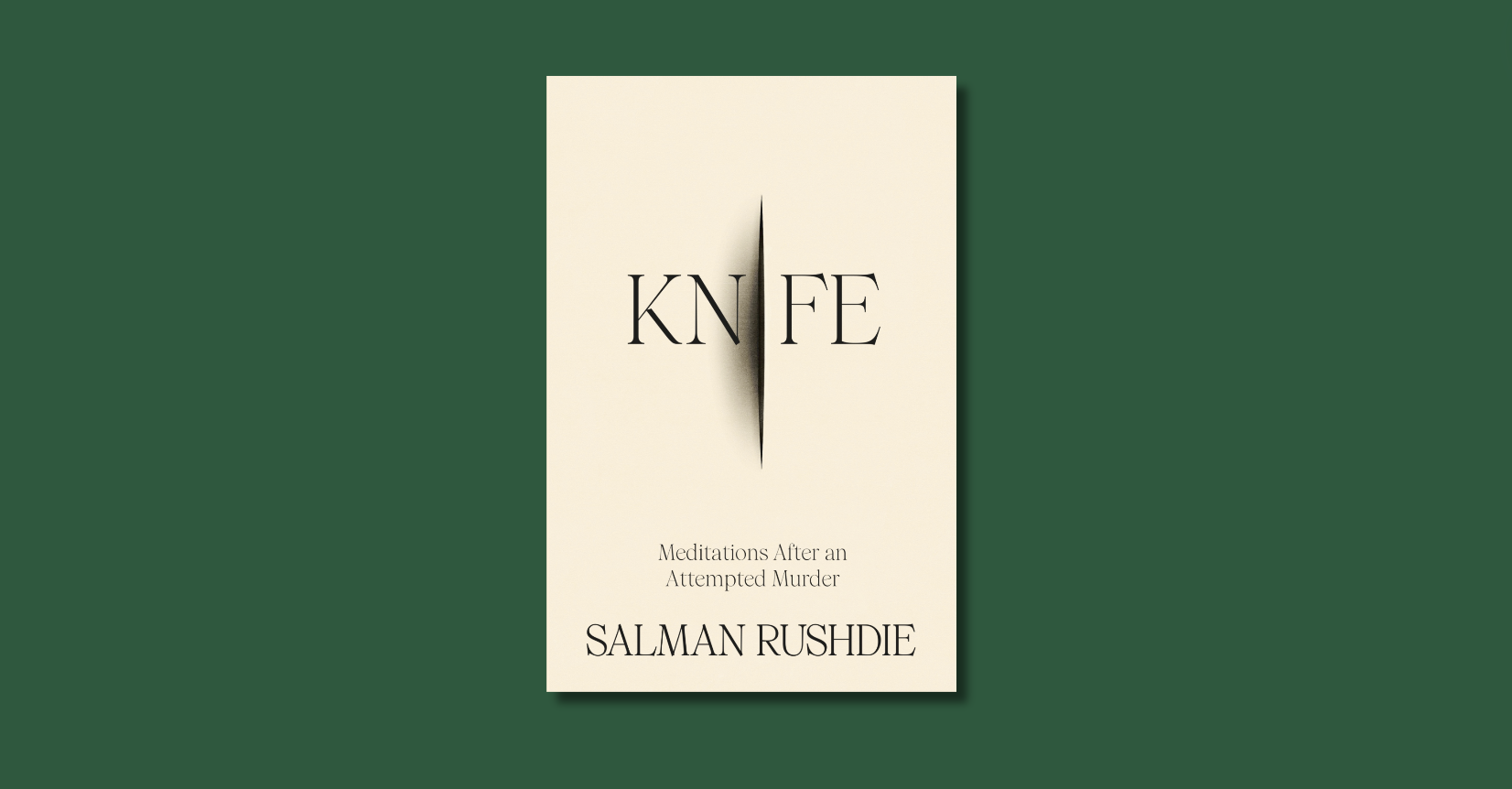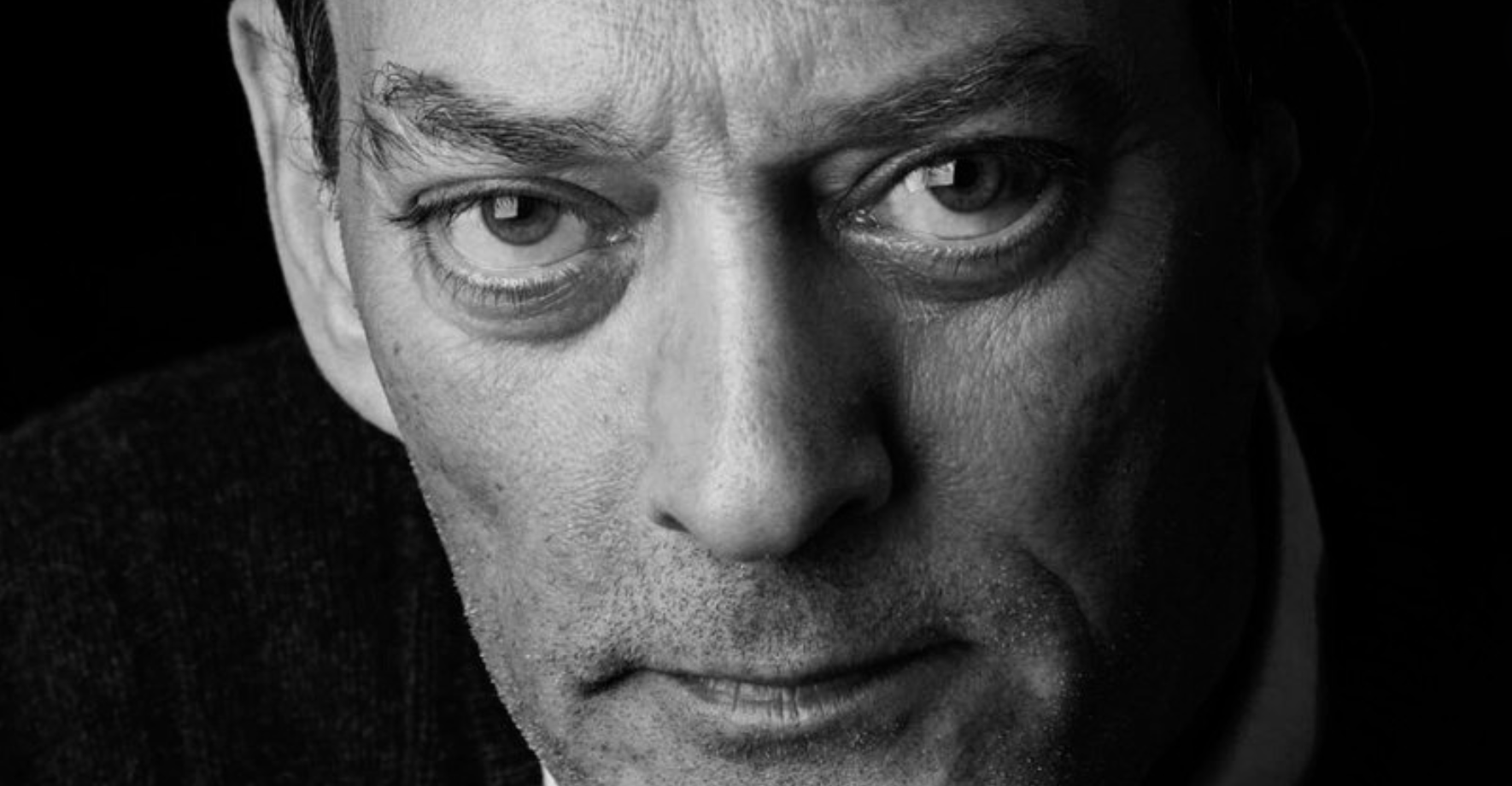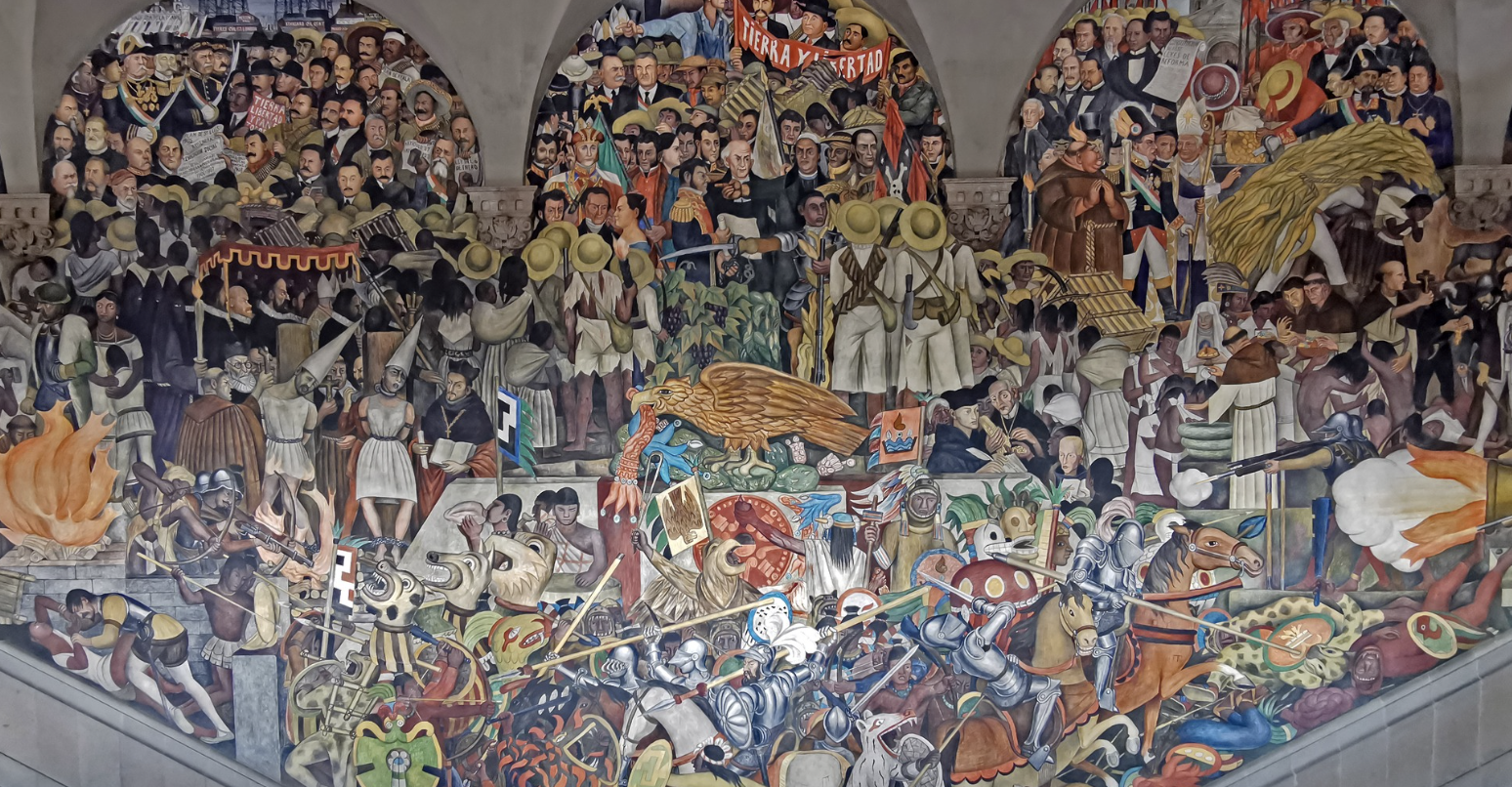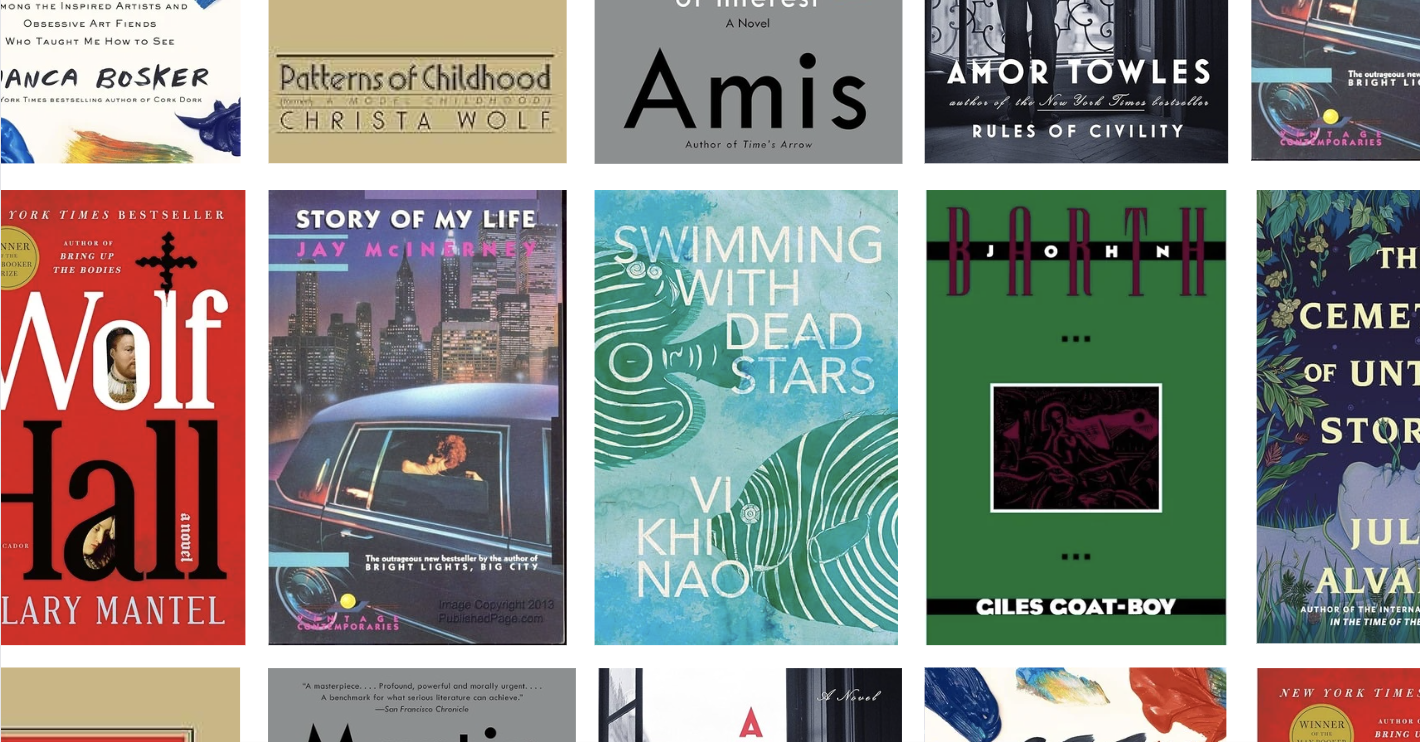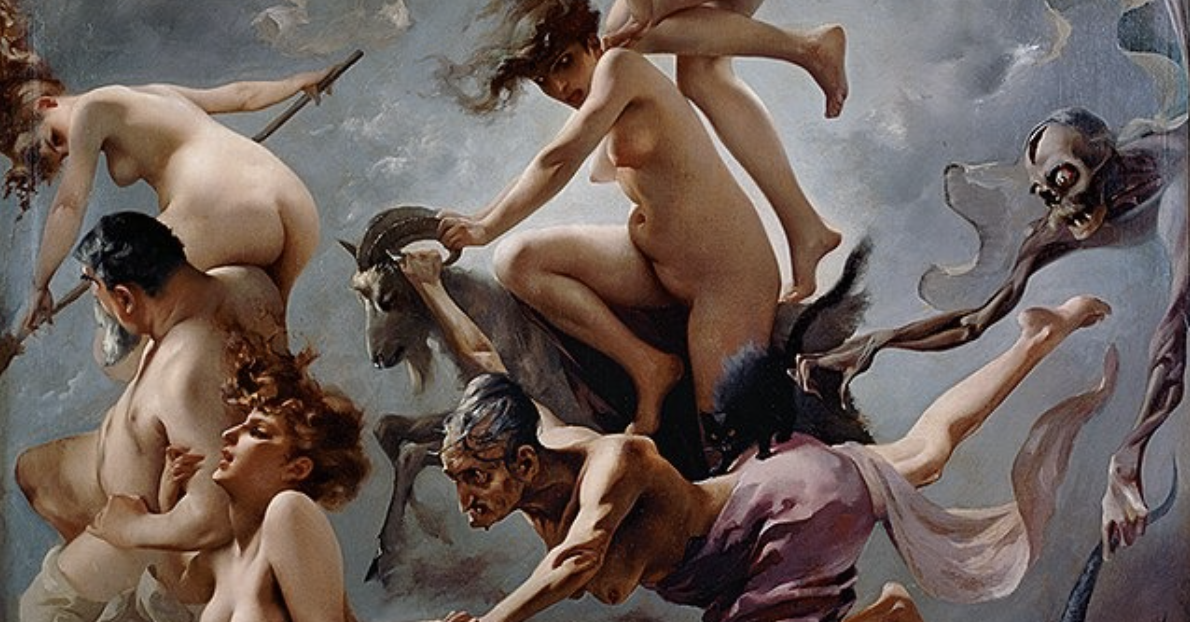Rachel Kushner is in her mid-40s, which means she has not yet reached full stride as a writer. Yet her first two novels have taken her a long way toward huge. How did she do it? How did she go so far, so fast? Turns out it was easy as one, two, three.
1.
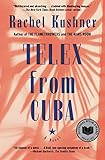 Kushner’s first novel, Telex From Cuba, was a National Book Award finalist in 2008, and deservedly so. It had none of the flaws common to so many first novels — the self-absorption, the navel-gazing, the precious prose and attenuated ambition. Written with great assurance, the novel teems with life, with voices, with real events, with historical, composite and imagined figures. It’s set in Cuba in the last years of the corrupt Batista regime, as Fidel Castro and his rebels are rising in Oriente Province, on the eastern end of the island. It is there that two insulated colonies of Americans, in the neighboring towns of Preston and Nicaro, go about the business of extracting riches from the island’s sugar crops and nickel deposits. These Americans, as portrayed by Kushner, are not cardboard villains; they’re decent but naive people who are blind to the ways they’re exploiting the Cuban, Haitian and Jamaican laborers. They’re also clueless that their cloistered, artificial world is about to get swept away in a popular uprising.
Kushner’s first novel, Telex From Cuba, was a National Book Award finalist in 2008, and deservedly so. It had none of the flaws common to so many first novels — the self-absorption, the navel-gazing, the precious prose and attenuated ambition. Written with great assurance, the novel teems with life, with voices, with real events, with historical, composite and imagined figures. It’s set in Cuba in the last years of the corrupt Batista regime, as Fidel Castro and his rebels are rising in Oriente Province, on the eastern end of the island. It is there that two insulated colonies of Americans, in the neighboring towns of Preston and Nicaro, go about the business of extracting riches from the island’s sugar crops and nickel deposits. These Americans, as portrayed by Kushner, are not cardboard villains; they’re decent but naive people who are blind to the ways they’re exploiting the Cuban, Haitian and Jamaican laborers. They’re also clueless that their cloistered, artificial world is about to get swept away in a popular uprising.
One of the novel’s many narrative voices belongs to K.C. Stites, a son of the United Fruit Company’s manager in Preston. K.C.’s youth allows Kushner to create a portrait of pre-revolutionary Cuba as seen through the non-judgmental eyes of someone who has not yet acquired an adult’s experience, knowledge and prejudices. Here’s K.C. on the condition of the cane cutters and the quandary of their American employers:
Dirt shacks, no running water — the way those people lived, it’s just how life was to me. I was a child. Mother didn’t like it, but Daddy reminded her that the company paid them higher wages than any Cuban-owned sugar operation. Mother thought it was just terrible the way the Cuban plantations did business. It broke her heart, the idea of a race of people exploiting their own kind…She was proud of Daddy, proud of the fact that the United Fruit Company upheld a certain standard, paid better wages than they had to, just to be decent. She said she hoped it would influence the Cubans to treat their own kind a bit better.
When I was about halfway through the novel I happened upon an interview with Kushner, in which she revealed that she has a deeply personal interest in this material. Her grandfather was a mining executive in Nicaro, and her mother grew up there in the 1950s. As Kushner told the interviewer:
My grandparents, dead for many years now, saved an incredible trove of stuff from their life in Cuba: every last receipt from the United Fruit commissary where my grandmother bought groceries, a mimeograph of every letter she sent, etc. I spent about three years going through this stuff, and interviewing my mother and her sisters and others they’d grown up with.
Kushner also traveled to Cuba several times, walking the ground her mother had walked, talking to people who remembered the old days, discovering ghostly remnants of the American presence. It was only when Kushner started writing her book that she made a discovery that is vital to any novelist trying to spin fiction out of historical events: the great danger is emptying your notebook, becoming lulled by your research into forgetting that novels are, first and last, works of the imagination. Kushner said:
I had to disconnect completely from all that (research) and build a fictional structure and then adhere precisely to its logic and requirements, which meant only using what served my story. Just because something is true does not mean it has a place. Often it turned out quite the opposite, that the people and characters and details I imagined were much more fluid and true-seeming, and it was the ‘true life’ detail that stuck out and seemed awkward. That said, by so thoroughly metabolizing the ‘real’ American colony, I was able to depict mine freehand…”
Just because something is true does not mean it has a place. This realization is, I think, the key to this novel’s success. So is Kushner’s understanding that “real” is a word that must always appear between quotation marks.
 In the course of the novel we meet the usual suspects — Raúl Castro, Fidel Castro, Batista, Ambassador Earl Smith, Henry Cabot Lodge, a somewhat under-drawn Hemingway. (For a more nuanced portrait of Papa in Cuba, see William Kennedy’s latest novel, Chango’s Beads and Two-Tone Shoes.) We make the obligatory trip to the rebels’ camp in the hills. But it is Kusnher’s flights of imagination that breathe life into this deeply researched and thoroughly plausible portrait of the twilight of a surreal way of life.
In the course of the novel we meet the usual suspects — Raúl Castro, Fidel Castro, Batista, Ambassador Earl Smith, Henry Cabot Lodge, a somewhat under-drawn Hemingway. (For a more nuanced portrait of Papa in Cuba, see William Kennedy’s latest novel, Chango’s Beads and Two-Tone Shoes.) We make the obligatory trip to the rebels’ camp in the hills. But it is Kusnher’s flights of imagination that breathe life into this deeply researched and thoroughly plausible portrait of the twilight of a surreal way of life.
Another thing I learned from the interview was that one of Kushner’s sources of inspiration was a documentary film called I Am Cuba, which was made jointly by Russian and Cuban filmmakers and released in 1964, before the revolutionary euphoria and the lovely buildings started to crumble. I set the novel aside, got a copy of the movie, and watched it. It is, as Kushner notes, “a piece of propaganda” about the ways the evil Americans exploited and corrupted the good Cuban people. Yet Kushner also noted that it is “one of only a handful of films that show you what pre-revolutionary Cuba might have looked like.”
The film opens with an astonishing piece of camera work — a long tracking shot that starts at a raucous beauty contest on a luxury hotel’s rooftop in downtown Havana, then slides down to the swimming pool deck, then takes you into the pool, then into a nightclub, where frenzied dancing eventually breaks out. It’s breathtaking, and Kushner rightly likens it to the openings of Touch of Evil and Boogie Nights.
After watching the movie, I returned to the novel and soon came to a thrilling set piece, a cocktail party for the mining executives and their wives thrown by a Cuban interloper named Lito Gonzalez, who is trying to horn in on the Americans’ air-tight monopoly on the nickel mining operation. Told in omniscient third person, the narrative moves smoothly between conversations, dipping into the minds of the revelers, pulling back, sliding around the room, revealing the Americans’ anxieties, petty jealousies, racism, lusts, snobbery, decency, and fears. Revealing, in a word, their humanity. It is magnificent polished writing, the literary equivalent of that seamless tracking shot that opens I Am Cuba.
The novel carries other echoes of the movie, including an arson fire in a sugar cane field and the Christmas festivities in Havana, where the Stites family stays at a posh gated country club, goes to a Sugar Ray Robinson boxing match, attends a Xavier Cugat performance, eats lobster and flambe at the Floridita. These scenes reminded me that wise novelists like Kushner take their inspiration wherever they find it — from propaganda films, letters, shopping lists, books, research trips, interviews, overheard conversations, and, above all, their own imaginations. And they never lose sight of the novelist’s first commandment: Just because something is true does not mean it has a place.
2.
They say the second novel is the hardest one to write, especially if the first one was as well received as Telex From Cuba. Obviously they forgot to tell Kushner.
 Her second novel, The Flamethrowers, has just been published, and it’s even more capacious and ambitious than her debut. Instead of taking place in a hermetically sealed cloister on a Caribbean island, the new novel explodes in countless directions, in time and space, carrying the reader across continents and oceans, halfway around the world, and deep into the souls of vivid characters living in a darkly vivid age.
Her second novel, The Flamethrowers, has just been published, and it’s even more capacious and ambitious than her debut. Instead of taking place in a hermetically sealed cloister on a Caribbean island, the new novel explodes in countless directions, in time and space, carrying the reader across continents and oceans, halfway around the world, and deep into the souls of vivid characters living in a darkly vivid age.
That age is the 1970s, when the primary events are set, a time of political kidnappings and murders, blackouts and garbage strikes, minimalist art. At the center of it all is Reno, an unformed young artist and motorcycle racer with a “need for risk,” who grew up fatherless and working-class poor in Nevada. While trying to break into the downtown New York art scene, she decides to try to set a motorcycle speed record on the Bonneville salt flats aboard a new Moto Valera, provided by her artist boyfriend’s wealthy Italian family, manufacturers of motorcycles, tires and money.
In a long opening sequence, Kushner cuts back and forth between Reno’s rough childhood, her trip to the salt flats, and her life in New York, another seamless piece of writing that expands on the promise of that cocktail party for the mining executives in Telex From Cuba. Reno crashes the motorcycle but, as a consolation, gets to set a land speed record for women aboard the Valera company’s rocket-powered vehicle, “The Spirit of Italy.” She hits 308.506 miles per hour, making her “the fastest woman in the world.”
One of Kushner’s most exciting developments in this novel is her deft handling of a complex narrative, her ability to loop backward and forward in time, to shift from the First World War to the ’70s, from America to Europe and South America, to change points of view, all the while keeping the story flowing. She also imparts vast amounts of information — about everything from motorcycles to tapping rubber trees and combat with flamethrowers in the First World War — all of which gives the novel its rock-solid sense of reality. Kushner doesn’t just write what she knows; she writes what she knows and what she is able to learn and what she is able to imagine truthfully from all of it.
My favorite scenes take place in downtown New York in the ’70s, when women wore see-through pants to gallery openings and everyone was, to some extent, nuts. Kushner paints a world of poseurs, strivers, squatters, punks, and epic talkers, people who were inclined to jump into bed together as soon as they’d finished shaking hands. The novel nails the giddy, unhinged euphoria of it all, a further credit to Kushner, who was a young girl and nowhere near New York at the time.
But New York can’t contain Kushner’s imagination. She takes her lovers, Reno and Sandro, to Italy, where they visit his wealthy family at their villa above Lake Como while she gets ready to do a promotion with Valera Tires, cashing in on her notoriety as the fastest woman in the world. Here Kushner stumbles. For 45 pages she dwells on the inner workings of a paranoid, provincial, and obscenely rich Italian family. Worse, there’s a gasbag American named Chesil Jones on hand to deliver windy monologues that bore everyone, including the reader. For all I know, Kushner has hung out with rich Italians in a villa above Lake Como, and they’re every bit as cheap, condescending, and self-absorbed as Sandro’s family and friends. But just because something is true does not mean it has a place.
The novel’s one truly bad moment arrives when Sandro’s brother Roberto, who runs the family empire, rails against the Red Brigades and other activists for having the audacity to object to the fact that the Valera family built its fortune on slave labor and still operates sweatshops in Italy’s slums:
“Anyway, it’s too late,” he said. “Rome is ruined. Dirty and chaotic and there is the feeling of enemies, a population of people who are against you and for no reason. Hateful people who attack us because we are sane, and for order and work and all the good things that Italians once wanted. All the young people are on drugs,” he said. “With long, ratty hair and stupefied expressions, like they’ve figured out how to empty their minds of thought. They have nothing to communicate but the cretinous message anyone can see: I have long hair.”
I’m sorry, but I doubt that even beleaguered Italian tycoons in the ’70s uttered such inanities. I was almost willing to overlook this misstep when I read Reno’s description of Sandro’s and Roberto’s mother: “It was obvious she had been beautiful when she was young, with eyes that were the splendid gold-green of muscat grapes. She was in her seventies now, her complexion like wet flour, clammy and pale, with the exception of her nose, which had a curiously dark cast to it, a shadow of black under the thin tarp of skin, as if her nose had trapped the toxins from a lifetime of rich food and heavy wines.” The novel glitters with such gems.
Fortunately, Kushner wrestles Reno away from the plush villa and drops her into the violent, chaotic streets of Rome, where the novel regains its footing and heads to a darkly satisfying conclusion, where Roberto gets his comeuppance, nothing is neat, and there are no answers, only the next question. The untidy ending might be unsatisfying to some readers, but the lives of these characters could not have played out any other way.
The Flamethrowers, like Telex From Cuba, operates outside — above? — many of the current arguments about the novel, whether it needs to be more postmodern, more realistic, more experimental, more whatever. Kushner has proven, on the strength of just two novels, that those wearisome debates fade to nothing in the face of skillful storytelling, carefully made sentences and a lively, fact-fuelled imagination. Kushner’s fiction is so stuffed with characters, events, stories, history, information — it is so alive in its own specific imagined worlds — that it seems to want to burst. But it never does. And that may be the main reason why Rachel Kushner is well on her way to huge.
3.
The Guggenheim Foundation recently announced that it has awarded a fellowships, worth about $40,000, to Kushner and the writers Joshua Foer, Kiran Desai, Adam Johnson, Ben Marcus, David Means, Terese Svoboda, and Colson Whitehead, among many others. This was terrific news. It means that every writer’s dream has come true for Rachel Kushner: she has the money to buy the time to produce another novel. I, for one, am waiting, impatiently.


